Related Research Articles

Thomas Stanislaus MacDonagh was an Irish political activist, poet, playwright, educationalist and revolutionary leader. He was one of the seven leaders of the Easter Rising of 1916, a signatory of the Proclamation of the Irish Republic and Commandant of the 2nd Battalion, Dublin Brigade of the Irish Volunteers, which fought in Jacob's biscuit factory. He was executed for his part in the Rising at the age of thirty-eight.

Thomas Patrick Ashe was a member of the Gaelic League, the Gaelic Athletic Association, the Irish Republican Brotherhood (IRB) and a founding member of the Irish Volunteers.
Events from the year 1922 in Ireland.
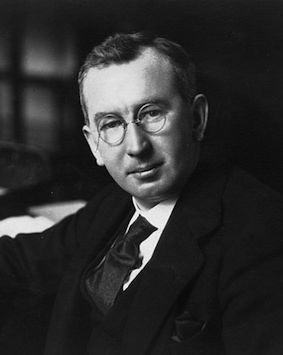
Fionán Lynch was an Irish revolutionary, barrister, politician and judge of the Circuit Court from 1944 to 1959, Leas-Cheann Comhairle of Dáil Éireann from 1938 to 1939, Minister for Lands and Fisheries from 1928 to 1932, Minister for Fisheries from 1922 to 1928, Minister without portfolio from August 1922 to December 1922 and Minister for Education from April 1922 to August 1922. He served as a Teachta Dála (TD) from 1918 to 1944.

Thomas Bernardine Barry, better known as Tom Barry, was a prominent guerrilla leader in the Irish Republican Army (IRA) during the Irish War of Independence and the Irish Civil War. He is best remembered for orchestrating the Kilmichael ambush, in which he and his column wiped out a 18-man patrol of Auxiliaries, killing sixteen men.
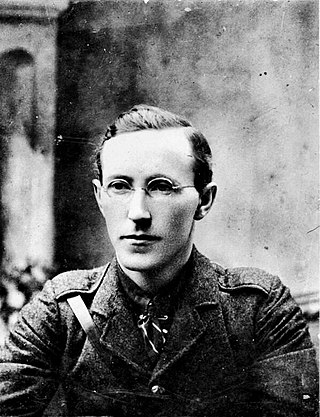
William Fanaghan Lynch was an Irish Republican Army officer during the Irish War of Independence of 1919–1921. During much of the Irish Civil War, he was chief of staff of the Irish Republican Army. On 10 April 1923, Lynch was killed whilst trying to escape an encirclement by Free State troops in south Tipperary.
Ernest Bernard Malley was an Irish republican and writer. After a sheltered upbringing, he witnessed and participated in the Easter Rising of 1916, an event that changed his outlook fundamentally. O'Malley soon joined the Irish Volunteers before leaving home in spring 1918 to become an IRA organiser and training officer during the Irish War of Independence against British rule in Ireland. In the later period of that conflict, he was appointed a divisional commander with the rank of general. Subsequently, O'Malley strongly opposed the Anglo-Irish Treaty and became assistant chief of staff of the Anti-Treaty IRA during the Irish Civil War of 1922–23.
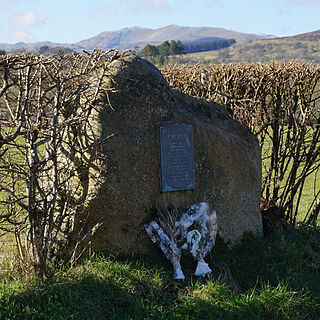
Frongoch internment camp at Frongoch in Merionethshire, Wales was a makeshift place of imprisonment during the First World War and the 1916 Easter Rising.

Joseph O'Doherty was an Irish teacher, barrister, revolutionary, politician, county manager, member of the First Dáil and of the Irish Free State Seanad.

Séumas Robinson was an Irish republican and politician.
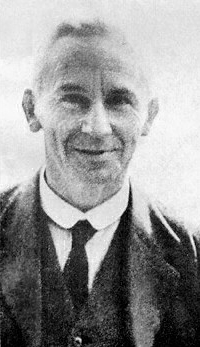
Seán O'Hegarty was a prominent member of the Irish Republican Army in County Cork during the Irish War of Independence. He served as O/C of the Cork No. 1 Brigade of the IRA after the deaths of Tomás Mac Curtain and Terence MacSwiney.

Michael Patrick Colivet was an Irish Sinn Féin politician. He was Commander of the Irish Volunteers in Limerick during the 1916 Easter Rising, and was elected to the First Dáil.

Thomas Cornelius Hunter was a militant Irish republican. He was a member of the Irish Republican Brotherhood (IRB), Sinn Féin, the Irish Volunteers, was twice elected to the Irish parliament, Dáil Éireann, and fought against the forces of the Irish Free State as a member of the Irish Republican Army during the Irish Civil War. While not widely known today, he was present at or directly involved in several major incidents during the struggle for Irish independence from the United Kingdom of Great Britain and Ireland.
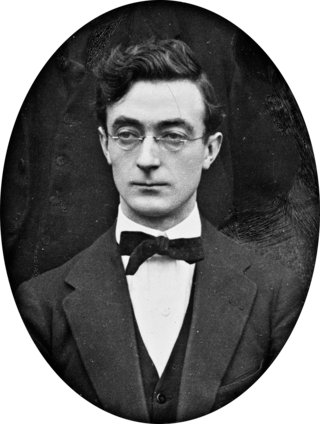
Seán McGarry was a 20th-century Irish nationalist and politician. A longtime senior member of the Irish Republican Brotherhood (IRB), he served as its president from May 1917 until May 1918 when he was one of a number of nationalist leaders arrested for his alleged involvement in the so-called German Plot.
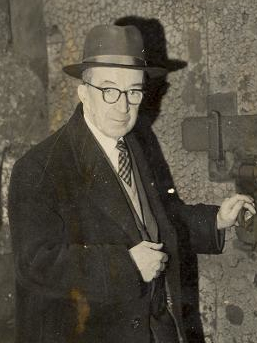
Simon John Donnelly was a member of the Irish Republican Army and a founder member of both Córas na Poblachta and Clann na Poblachta.

George Oliver Plunkett, known to his contemporaries as Seoirse Plunkett, was a militant Irish republican. He was sentenced to death with his elder brother Joseph Plunkett and his younger brother John after the 1916 Easter Rising, but while Joseph was executed, George's and John's sentences were commuted. He was released in 1917, fought in the Irish War of Independence and Irish Civil War, and was briefly IRA Chief of Staff during World War II.

The first day of the Easter Rising, Monday, 24 April 1916, saw some 1,200 volunteer soldiers of the Irish Volunteers take over positions in the centre of Dublin, launching the week-long revolution known as the Easter Rising.
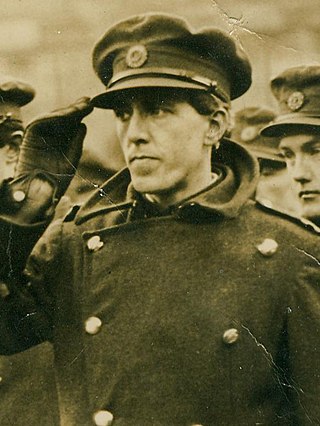
Seán MacMahon was an Irish nationalist who fought in the 1916 rising. He took the pro-treaty side in the Irish Civil War (1922–23) and rose to be chief of staff of the Irish Defence Forces

Patrick Whelan was an Irish Volunteer, killed in action in Boland's Mill during the Battle of Mount Street Bridge at the time of the Easter Rising of 1916. He was 22 years old when he died and was awarded the 1916 Medal posthumously in 1941. Whelan House in Thorncastle Street, Ringsend, Dublin – where he was born – is named in his honour.

Theobald Wolfe Tone FitzGerald was an Irish army officer and painter. He is recognised for his role in painting the Irish Republic flag that flew over the General Post Office during the Easter Rising 1916. The flag was kept as a trophy by the British Army until it was returned to Ireland during the 1966 commemorations. He was the brother in-law of Lieutenant Michael Malone, who was killed in action at the Battle of Mount Street Bridge during the 1916 Rising, Seán Mac Mahon, the former General Chief of Staff, and the politician Dan Breen.
References
- ↑ Military Service Pension file reference MSP34REF54
- ↑ "LOT:342 | Joseph O'Connor". www.adams.ie.
- ↑ "Mount Jerome Cemetery, Dublin, Ireland [IGP Free Irish Genealogy]".
- ↑ "Joseph O'Connor". Oireachtas Members Database. Retrieved 7 January 2012.
- ↑ "The 1916 Roll of Honour (1936)". Archived from the original on 6 December 2011. Retrieved 6 October 2011.
- ↑ "Ernie O'Malley and Achill Island, Ireland - page 3 of 6".